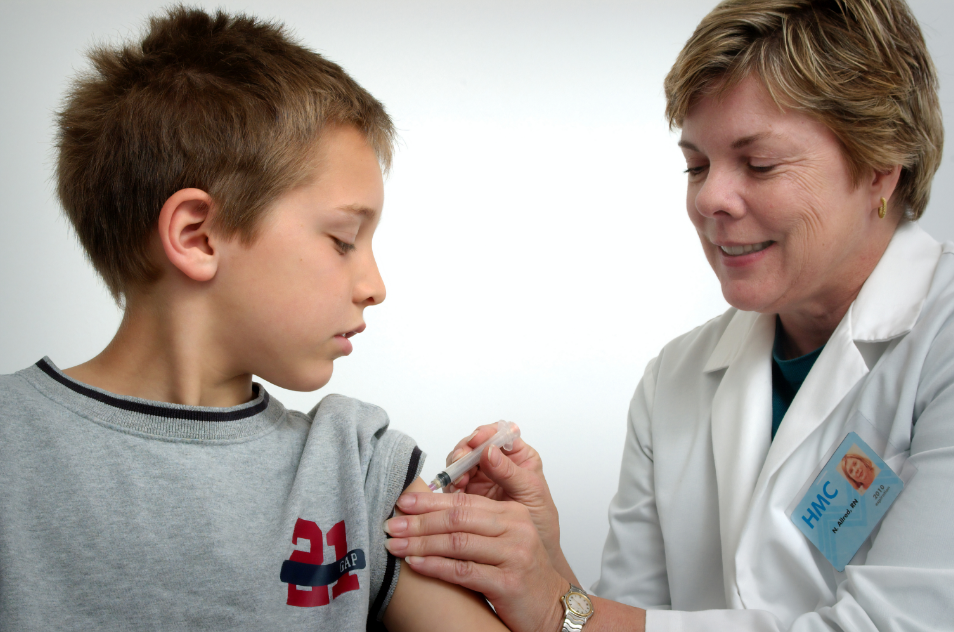Health officials are continuing to investigate a sudden surge in cases of hepatitis or liver inflammation among young children in the UK and around the world.
What is hepatitis?
Hepatitis is the catch-all term to describe inflammation of the liver tissue.
How do you get hepatitis?
It is often caused by a viral infection – but also by exposure to some chemicals, alcohol, drugs and certain genetic disorders.
The most common forms of hepatitis – known as A to E – are caused by specific viral infections. However, those viruses have not been detected in these cases in children.
Scientists are now focusing on one particular adenovirus as the underlying cause but it doesn’t usually cause severe hepatitis, so there must be something else going on.
How were these cases spotted?
A “signal” indicating a small but unusual rise in cases in previously healthy young children was first picked up in Scotland.
That triggered an investigation by the UK Health Security Agency (UKHSA) which has now looked back at hospital admissions in England, Wales and Northern Ireland since January.
It is now looking into at least 163 cases in children under 10, with the majority children younger than five years old.
They had initial symptoms of vomiting and diarrhoea followed by yellowing of the skin or whites of the eyes, called jaundice.
Of the confirmed cases, 118 live in England, 22 in Scotland, 13 in Wales and 10 in Northern Ireland.
Most have a mild form of the condition, although 11 have needed a liver transplant.
How many children are affected worldwide?
After the UK started reporting a sharp rise in cases of acute severe hepatitis, although in relatively small numbers, awareness increased in other countries, and they also started looking for the same condition in children.
As of 1 May, at least 228 probable cases of hepatitis in 20 countries have been reported to the World Health Organization (WHO). It says another 50 cases are under investigation.
The majority have been detected in Europe, including Ireland and the Netherlands, but some are also in the Americas, the western Pacific and south-east Asia.
The death of one child from hepatitis has been reported.
What could be causing this?
Scientists are still investigating if there has been a rise in hepatitis in children or an increase in awareness of these hepatitis cases which would go undetected in a normal year.
But there is no reason to believe the rare liver condition itself is spreading around the world – it’s simply being spotted in children in different countries.
Scientists are looking at adenovirus which was detected in around three-quarters of the UK children with confirmed hepatitis who were tested.
Adenoviruses are usually spread by close personal contact and can cause sickness, diarrhoea and colds. There are more than 50 types.
One particular type called F41 is interesting scientists. Genetic analysis has also detected another virus called AAV2 in some samples.
Health officials believe adenovirus is likely to be making a comeback after virtually disappearing during the first year of the pandemic, or it may have developed a different strain.
Its impact on young children’s immune systems, who have no previous exposure to adenovirus or protection against it, could to be behind the current surge.
Lab data in the UK shows that common viruses are now spreading in children, particularly the under-fives, at a higher level than in previous years.
What is the risk?
UK health officials say the likelihood of your child developing hepatitis is “extremely low”.
They say any children with symptoms such as vomiting and diarrhoea should stay at home until 48 hours after symptoms have stopped.
And making sure children wash their hands thoroughly can help to reduce the spread of lots of common infections.
Could this be something to do with Covid vaccinations?
No – none of the children had been vaccinated.
Covid vaccines are only available from five years old in the UK, meaning many of the children diagnosed with hepatitis would not have been eligible.
What about a Covid infection itself?
Around 16% of cases were positive for coronavirus (SARS-CoV-2) when admitted to hospital, but because there was lots of Covid around at the time, health officials say this is not unexpected.
UK health officials say they are looking at previous Covid infections in the children affected as well as the possible emergence of a new variant of adenovirus.
It says it is continuing to investigate a wide range of other infections and causes.
Studies suggest small numbers of babies and children infected with Covid have needed treatment for hepatitis in other countries such as the US as well as Brazil and also India. In most of those cases, the patients recovered quickly and were discharged in days.
What should parents look out for?
Parents, GPs and other healthcare workers have been asked to look out for the symptoms of jaundice, a yellow tinge to the skin and other parts of the body, which is most easily seen in the whites of the eyes.
Other symptoms of hepatitis in children include:
- dark urine
- pale, grey-coloured poo
- itchy skin
- muscle and joint pain
- a high temperature
- feeling and being sick
- feeling unusually tired all the time
- loss of appetite
- stomach pain




